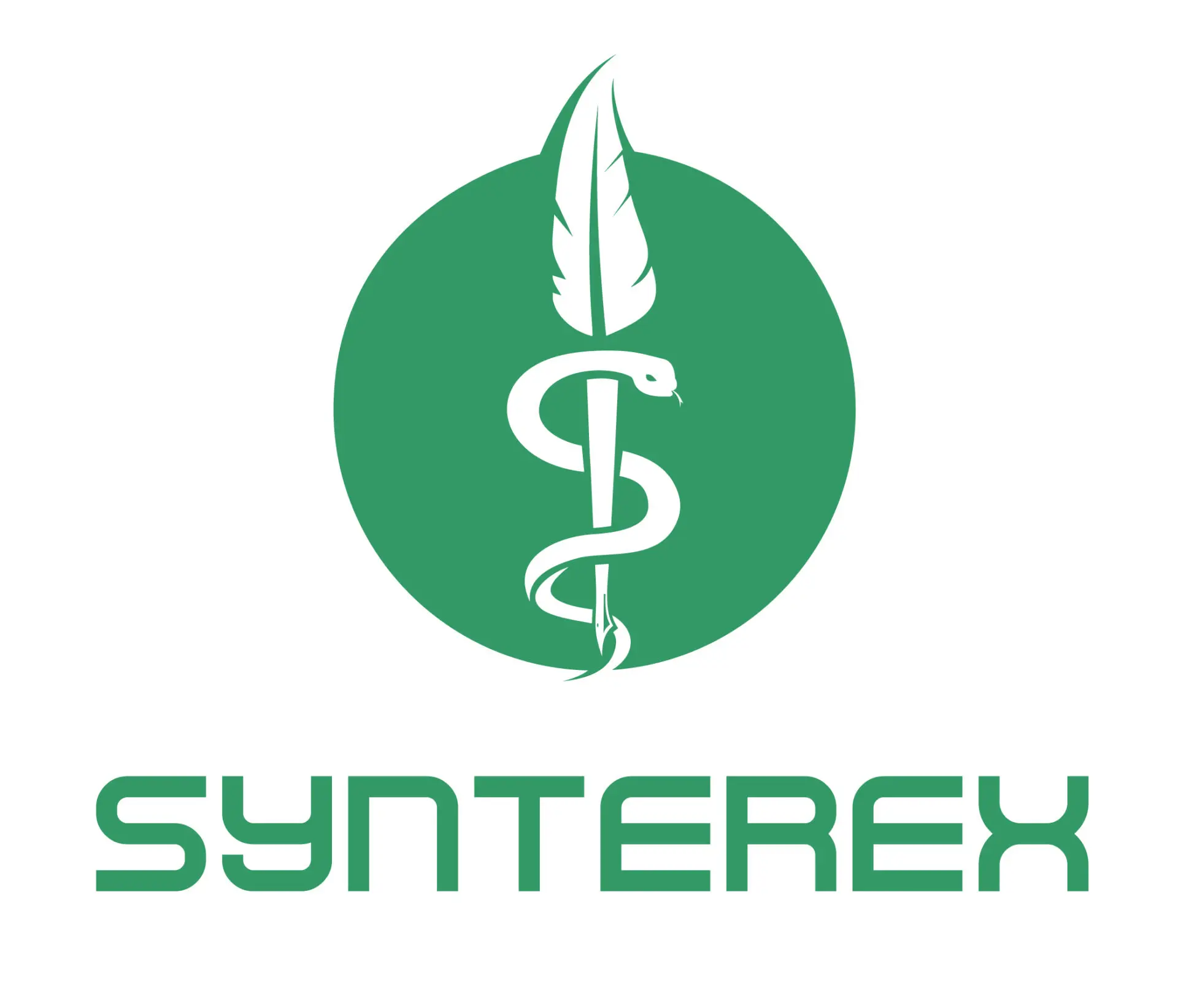By Katelyn Rivas
Medical writers are experts at writing detailed scientific documents geared toward scientists, clinicians, and regulatory agencies. However, sometimes we are asked to prepare documents for a lay audience. These can include lay summaries of clinical study reports, informed consent forms, or other patient education materials.
Given the complexity of the information, summarizing it in plain language can be a daunting task. This article gives tips and advice on how to make your science writing clear and easily digestible for people who have limited to no scientific background.
Sentence Structure
Clear writing begins at the sentence level. Here are some simple modifications that can make your sentences easier to understand.
Decrease the distance between the main subject and the verb
This makes your sentences much easier to follow. Consider the below example in which the subject of the sentence is italicized, and the verb is underlined.
- Before: Drug-123, when prescribed within 2 days of symptom onset and taken daily over the course of 5 days by adult patients, reduced respiratory illness.
- After: Drug-123 reduced respiratory illness in adult patients when prescribed within 2 days of symptom onset and taken daily over the course of 5 days.
The first sentence has 20 words between the subject and the verb, making it more difficult to keep track of what the sentence is trying to say. The second sentence has been rearranged to put the verb directly next to the subject.
Turn abstract nouns into strong verbs
This simple change can really improve the readability of a sentence and make it more engaging. Here is an example:
- Before: Mutations in the XYZ gene lead to disruptions in cell growth and proliferation.
- After: Mutations in the XYZ gene disrupt cell growth and proliferation.
In this example, we replaced the abstract noun “disruption” with the more powerful verb “disrupt.” This edit eliminates excess words from the sentence and makes it livelier and more interesting to read, which facilitates understanding.
Other examples of abstract nouns you can turn into strong verbs: administration (administer), occurrence (occur), investigation (investigate), and analysis (analyze).
Take out unnecessary words or phrases
Readers prefer shorter sentences that get to the point faster. Here is an example:
- Before: It is important to note that a large number of patients may discontinue treatment with Drug-123 due to the fact that it has the capacity to cause serious side effects.
- After: Many patients may discontinue treatment with Drug-123 because it can cause serious side effects.
Phrases like “it is important to note that” do not add any additional information to the sentence and should be deleted. The sentence also included several long strings of words that are easily replaced by a single word:
- a large number of = many
- due to the fact that = because
- it has the capacity to = it can
Paragraph Structure
The next step is making sure your sentences flow logically. There should be a clear link between one sentence and the next.
The inverted pyramid structure is a helpful way to organize paragraphs to make them easier for a lay audience. Begin the paragraph with a sentence describing your central message and then follow up with additional sentences that support it. Here is an example of a paragraph that follows the inverted pyramid structure:
Cigarette smoking is the leading risk factor for lung cancer. People who smoke cigarettes are 15 to 30 times more likely to get lung cancer or die from lung cancer than people who do not smoke. In the United States, cigarette smoking is linked to about 80% of lung cancer deaths.
More tips for improving paragraph readability:
- Break a large block of text into a series of bullet points.
- Present information as a table or graph.
- Add extra white space between paragraphs or section headings.
Facilitating reading improves understanding, so proper organization and layout are key.
Language
As medical writers, we spend so much time immersed in complex academic writing that it can become difficult to recognize jargon when we see it.
- Consider pasting sections of your text into an online tool like the De-Jargonizer to help identify jargon in your writing and assess its overall suitability for a general audience.
- Use this Readability Analyzer to get readability scores such as the Flesch-Kincaid Grade Level, which estimates the grade level at which the average student would be able to read your writing. When writing for a lay audience, try to keep your writing at a 6th to 8th grade reading level to broaden its accessibility.
Many words commonly used in medical writing can be replaced by a simpler word that means the same thing. Here is an example:
- Before: The purpose of the study was to measure the effectiveness of the surgery.
- After: The purpose of the study was to measure the success of the surgery.
Stuck on how to explain a medical term in plain language? Search for the word or phrase in one of the online plain language medical dictionaries below. The CDC dictionary even includes example before and after sentences using the original jargon vs the plain language.
- CDC EveryDay Words
- Harvard Health Medical Dictionary of Health Terms
- University of Michigan Plain Language Medical Dictionary
None of this is to say that medical terminology can never be used when writing for a lay audience. Just make sure to define terms appropriately and provide additional explanations or examples as needed.
Translating science for a lay audience is not easy. Hopefully you will find these tips useful when writing your next plain language document!
Explore all the medical writing services Synterex offers at https://synterex.com/services/.
